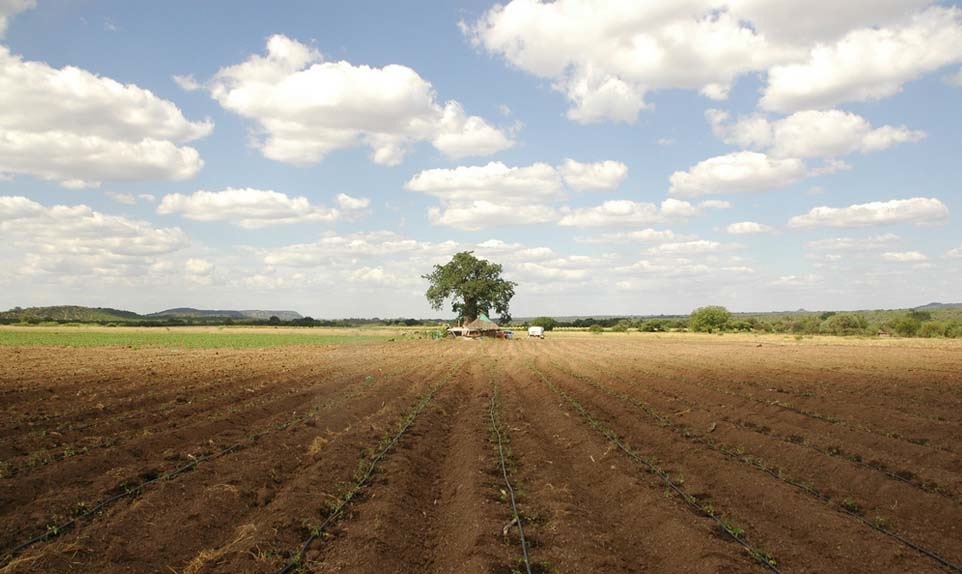
Lima and its contiguous suburbs and shantytowns sprawl between a sand-brown desert of undulating hills on the east to the Pacific Ocean on the west. Today, accompanied by my translator, Dado, and driver, Juan Carlos, I sped down an avenue that hugs the shoreline. A cliff of crumbly soil impregnated with small stones towered above us, rising straight up about two hundred feet to the neighborhood of Chorillos. Chorillos means "trickle" a name derived from springs that once spurted from the ground and dribbled down the cliff. So impressed were inhabitants of this desert city with the lush vegetation watered from the steady spurts of natural irrigation, bearding the cliffs, that they named the area the Costa Verde or, green coast. Today, though, the cliff face is mostly bare, green only in artificially irrigated patches.
In Chorillos I interviewed the civil engineer Marcos Alegre Chang, director of the Center for Eco-efficiency and Social Responsibility. Chang oversees several programs to encourage water conservation. He explained that Lima is facing serious water shortages, which will only get worse. Using a white board with black and red markers he showed me the simple math that proves his point. The entire city of Lima gets about 21 cubic meters of water per second from two sources, the Rimac River, which supplies 15 cubic meters per second and deep wells from which the balance is pumped. This amount of water is pitifully small to meet the needs of 9 million people. The only desert city comparable to Lima is Cairo, which draws water from the Nile, a river with a flow 100 times greater. Lima is growing rapidly. Yet sources of water are becoming scarcer. Chang said the water table in Lima is plummeting about 5 feet a year. It was this over-harvesting of ground water that turned the Green Coast brown, he said. It will also soon make some drinking-water wells fallow.
The Rimac's paltry contribution to Lima is also in danger of declining. An official at the city's water utility explained to me that during the dry season, when little rain falls in the western slopes of the Andes, the Rimac relies on water held in reservoirs high in the Andes to provide sufficient flow. But melting glaciers and changes in precipitation could staunch flow into these man-made lakes. The utility has proposed a variety of public works projects to make up the difference, such as an enormous tunnel under the Andes to divert water from the Amazon Basin to Lima. Marcos Alegre Chang says he thinks the city should improve water efficiency first, with low-flow toilets and the like, before blasting tunnel and building dams.
I'll be interviewing more officials in Lima in the coming days to judge for myself which if any of these solutions could avert a water crisis in Lima's future. First, tomorrow, I'll fly over the Huaytapallana Glacier, one of the fastest retreating glaciers in Peru. I'll report back here what I see.



